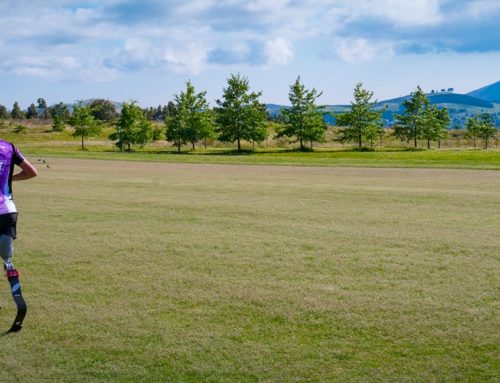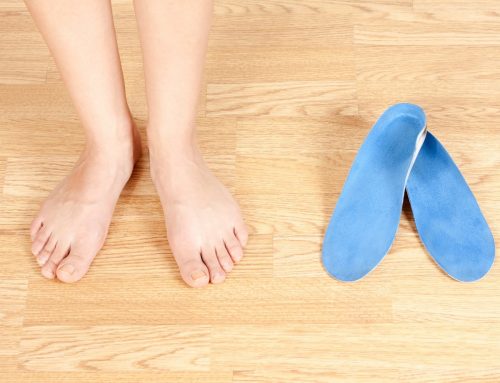What is idiopathic toe walking?
Idiopathic toe walking is used to describe a gait pattern of walking on the toes beyond two years of age. This diagnosis is given when all other possibilities of toe walking are eliminated. The term “idiopathic” refers to an unknown origin and therefore is used to describe a presentation of toe walking with no underlying cause such as Cerebral Palsy, Austism Spectrum Disorder or neuromuscular conditions.
Whilst many cases of idiopathic toe walking spontaneously resolve, adverse side effects beyond cosmetic concerns can occur. A prolonged toe walking gait pattern can result in shortening of the calf muscles and the development of muscle contractures. This can result in functional limitations and pain.
The anatomy of toe walking:
Toe walking is achieved through two joint movements: extension of the metatarsophalangeal joints (MTPJs) and plantarflexion through the talocrural joint (ankle).
How can a physiotherapist help?
A physiotherapist can assist with diagnosing and treating idiopathic toe walking. During an initial assessment, a physiotherapist will perform a range of tests to rule out concern of any underlying causes. Physiotherapy interventions are targeted at treating issues such as calf muscle tightness, pain and falls prevention. Further interventions are aimed at achieving a heel-toe walking pattern.
What if the toe walking is not resolving?
If the toe walking pattern persists, orthotic management may be beneficial or required to assist to achieve a heel-toe walking pattern. Orthotic interventions are aimed at reducing the availability of range in these joints to therefore limit the toe walking pattern.
Carbon foot plates:
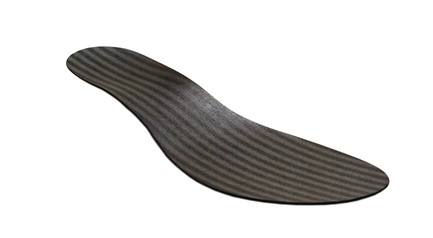
Carbon foot plates provide a low cost, lightweight and minimally invasive treatment option for idiopathic toe walking. The carbon foot plates are placed inside the child’s shoe with the insole of the shoe on top for comfort. The carbon foot plates stiffen the sole of the shoe and prevent the ability for a child to stand on their toes by limiting the ability to extend through the MTPJs. Typically, for young children who do not experience calf muscle tightness this intervention is largely successful. Using this intervention should result in a relatively immediate reduction in toe walking.
If carbon foot plates have been trialled and do not improve the toe walking pattern, an alternate orthoses design may need to be considered. Supramalleolar orthoses and ankle foot orthoses can be used to manage toe walking by limiting range not only at the forefoot, but also at the ankle.
Supramalleolar orthoses:
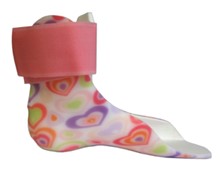
A supramalleolar orthosis (SMOs) encompasses the foot and ankle. This design of orthosis can be used to treat toe walking through the stiff plastic under the forefoot which limits extension at the MTPJs and through the height at the top of the orthosis providing some limitation to ankle plantarflexion range of motion.
This design is likely to be considered if the toe walking pattern is not resolved after trialling carbon foot plates.
Ankle foot orthoses:
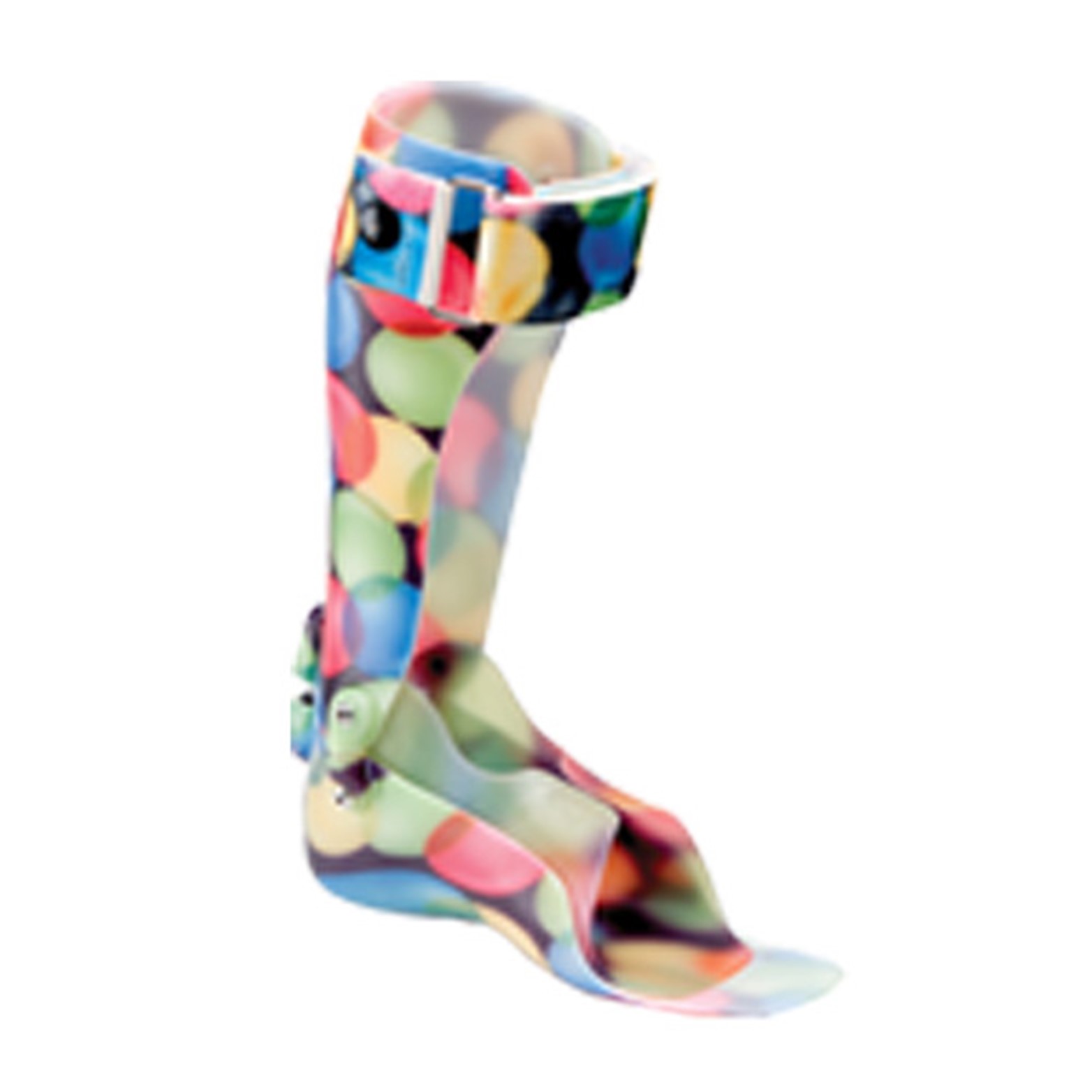
An alternate orthoses design to carbon foot plates and SMOs is an ankle foot orthosis (AFO). An AFO provides superior control to toe walking compared to the former options. This design of orthosis is relatively similar to the design of a SMO however the top of the orthosis extends higher up the calf. A variety of different ankle joints are available however the most commonly used joints allow the ankle to move upwards (dorsiflexion) and prevent the ankle from moving downwards (plantarflexion). This device provides the highest degree of control to talk walking to enable a heel-toe walking pattern.
Whilst the above devices provide a comprehensive overview of the most commonly used orthotic devices to control idiopathic toe walking, there are a variety of different designs and styles we use to tailor treatments to each individual.
If orthotic intervention is recommended, trialled or used, we strongly encourage continuing with physiotherapy interventions to target any underlying calf muscle tightness that may be present. Physiotherapy will further assist to achieve carry over effects of heel-toe walking when the child is not wearing the orthotic devices.
If you have any further questions, please feel free to contact the author.
Idiopathic toe walking – Author: JASMINE YIN Orthotist Prosthetist and Technician
Meanwhile, anyone can reach out to staff members at (02) 6210 0060 to ask questions or schedule an in-person appointment.


